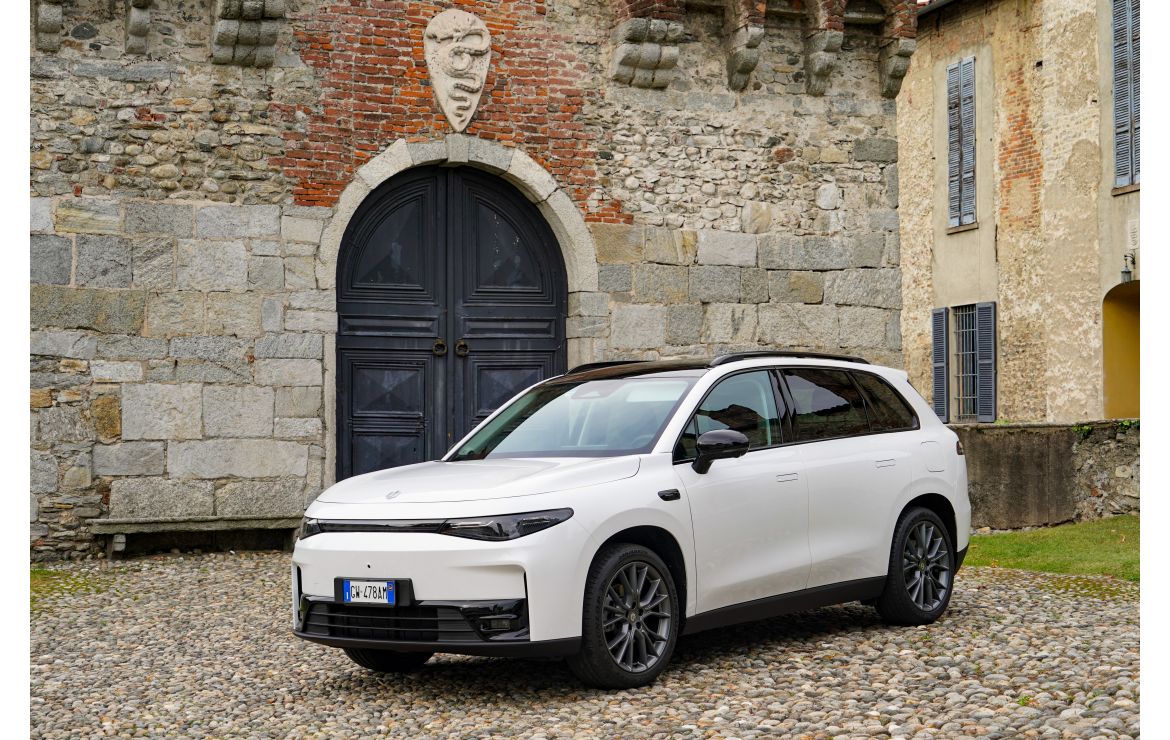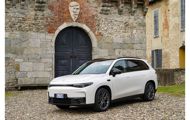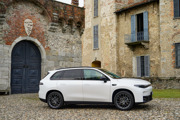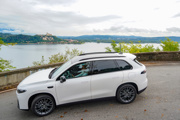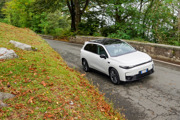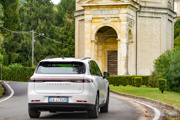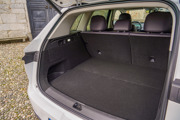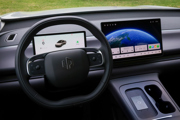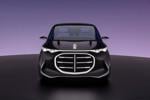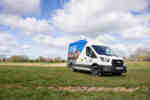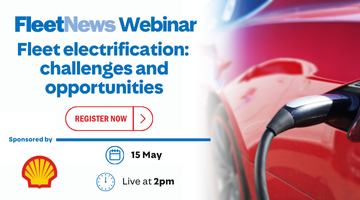Review
Leapmotor’s halo launch model, the fully-electric C10, offers masses of practicality and technology, as well as a price tag that undercuts rivals: if space and high levels of standard equipment are the absolute priorities, then the D-SUV has much to commend it.
Overview
Leapmotor is the latest in a long line of Chinese electric vehicle manufacturers to enter the UK, but has one big differentiator – thanks to a joint venture agreement, it is part of the Stellantis Group in Europe, giving it access to already-established dealer networks and parts processes.
It aims to combine this with high standard levels of technology and a value price tag and this is evident in its two launch models – the T03 electric city car and the C10 D-SUV tested here.
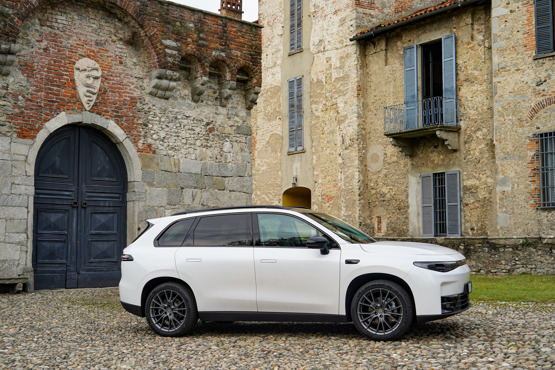
With a price of £36,500, C10 is priced at the same level as smaller C-SUVs, and its one trim level is packed with standard equipment.
Its 70kWh battery gives a WLTP combined range of 263 miles.
Comfort and practicality
Much of Leapmotor’s marketing for the C10 is focused on that it offers the space of a D-SUV for the price of a C-SUV, and this is clear to see.
It provides masses of leg, shoulder and headroom for passengers, while the completely flat floor in the rear adds to the space available to back-seat passengers.
The feeling of spaciousness is enhanced by the glass panoramic sunroof, which allows plenty of light in to boost the airy appearance.
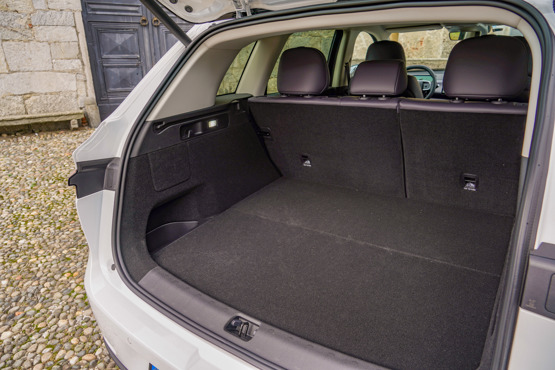
However, space in the boot is less generous. Although it is competitive with the BYD Atto 3 (440 litres), it trails that offered by some competitors from more established brands, for example the Skoda Enyaq (585 litres) and Renault Scenic (545 litres).
Throughout the cabin, the quality of the build materials is decent and on par with other Chinese brands, but it lacks the plushness of some more established models.
Safety and technology
While the boot space may be underwhelming, the standard equipment provided is far from that.
A core part of Leapmotor’s strategy is to offer a single, high-specification trim level which will compare favourably to similarly-priced cars from other manufacturers.
The long list of standard equipment includes keyless entry and start, dual-zone climate control, automatic lights and wipers, electric front seat which are also heated and cooled, an automatic heated steering wheel, Around View Monitor 360 camera and rear parking sensors, and automatic rear tilting mirrors.
One of the most visually obvious technology is its 14.6-inch central touchscreen, which is used to control and display all the expected functions – sat-nav, media etc – and in the main it works well.
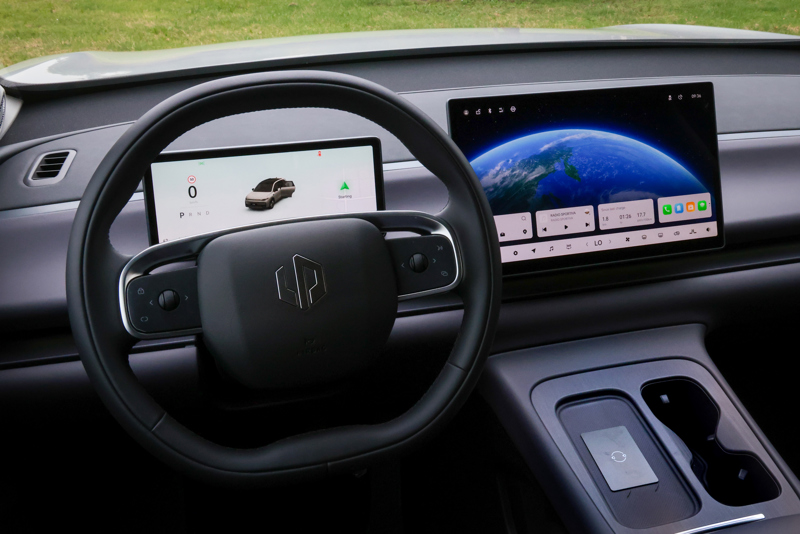
It’s quick to respond to inputs and the layout iss clear and easy to understand.
However, no Android Auto or Apple CarPlay compatibility is currently available and the climate control functions are controlled through the screen, which is far less preferable that having physical buttons to operate it.
The 10.25-inch driver display is clear and easy to read at a glance, and can be configured to suit the driver’s preferences.
The long list of standard equipment extends into safety as well. The C10 features adaptive cruise control, lane centring control traffic jam assist, lane departure warning and lane keep assist, blind spot detection and rear collision warning and rear cross traffic alert.
All this technology helped the C10 earn a five-star rating in its Euro NCAP Test. This included 89% in adult protection and 85% in child protection.
Driving and efficiency
The C10 isn’t going pull up any trees for its driving experience, but it does what you would expect an electric SUV to do.
It’s quiet, comfortable and easy to drive. For a car of its dimensions (4,739mm long and 1,900mm wide), its light steering and tight turning circle make it highly manoeuvrable, while all-round visibility is excellent.
On the open road, performance from the 221PS motor is adequate – the official 0-62mph acceleration time is 7.5 seconds, but that feels slightly generous in real-world conditions.
It’s definitely no slouch but prioritises comfort and refinement over a dynamic driving experience.
The powertrain uses a 70kWh battery to provide a WLTP combined range of 263 miles, which works out to be an efficiency of 3.8mi/kWh. While, on paper, this may be pretty decent, it means the C10 is far less efficient than some similarly-priced rivals.
For example, the entry-level Enyaq 50 (P11D price: £36,915) achieves xx from its xx battery for 4.3mi/kWh, while the entry-level Scenic Techno (P11D price: £37,440) has a range of 260 from its 60kWh battery. This is also equivalent to 4.3mi/kWh.
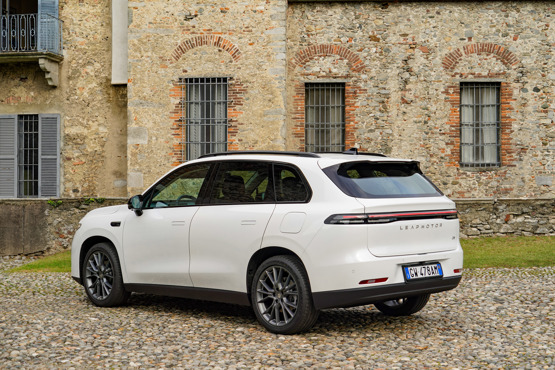
The advantage these models have also extends to charging speeds. Leapmotor does not give details of the C10’s peak charge speed, but instead says it will take 30 minutes to charge from 30% to 80% from a rapid DC charger. Online resources suggest it is capable of charging at up to 84kW.
Both these speeds are significantly slower than the Enyaq and Scenic. The Skoda can charge at speeds of up to 145kW, with the Scenic maxing out at 130kW.
These two models can also charge much faster from AC chargers. The C10 has a 7kW onboard charge: this is 11kW and 22kW respectively for the Enyaq and Scenic.
Company car tax and running costs
The C10 sits in the 2% benefit-in-kind bracket for 2024/25 and will cost a 20% taxpayer around £12 a month in BIK. From April, the BIK tax band will increase to 3%, meaning the monthly bill will rise to £18.



